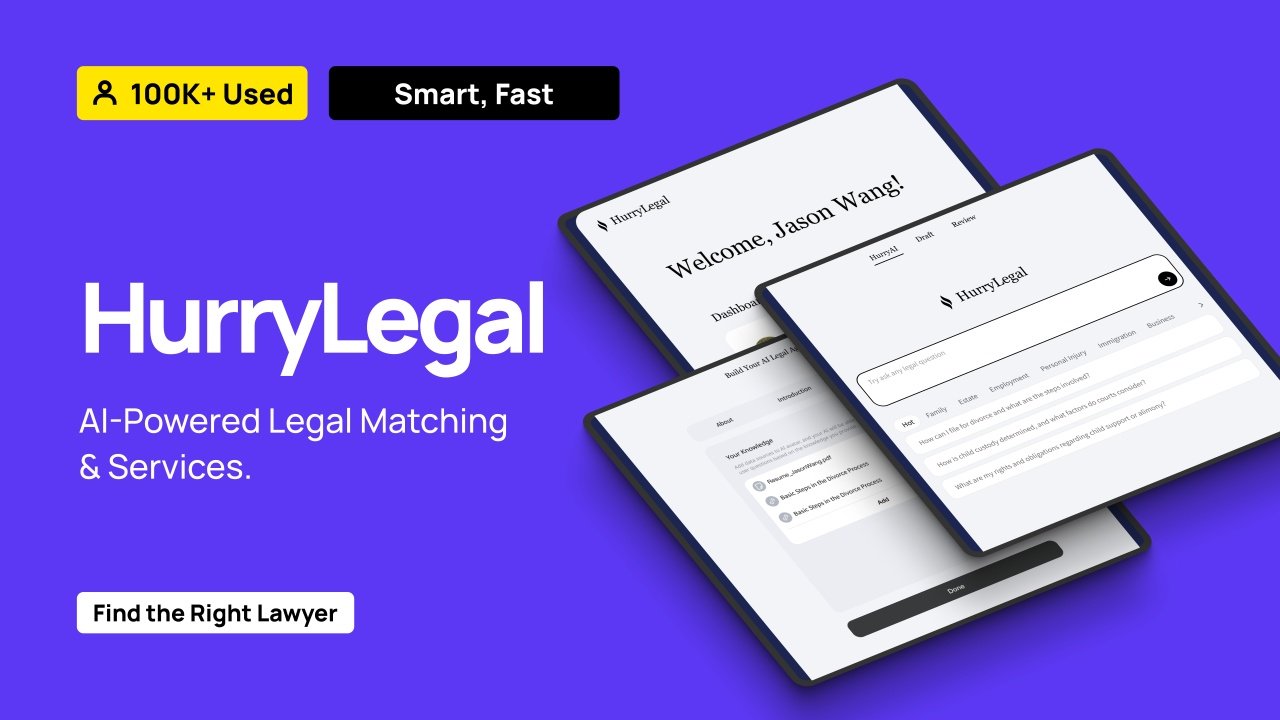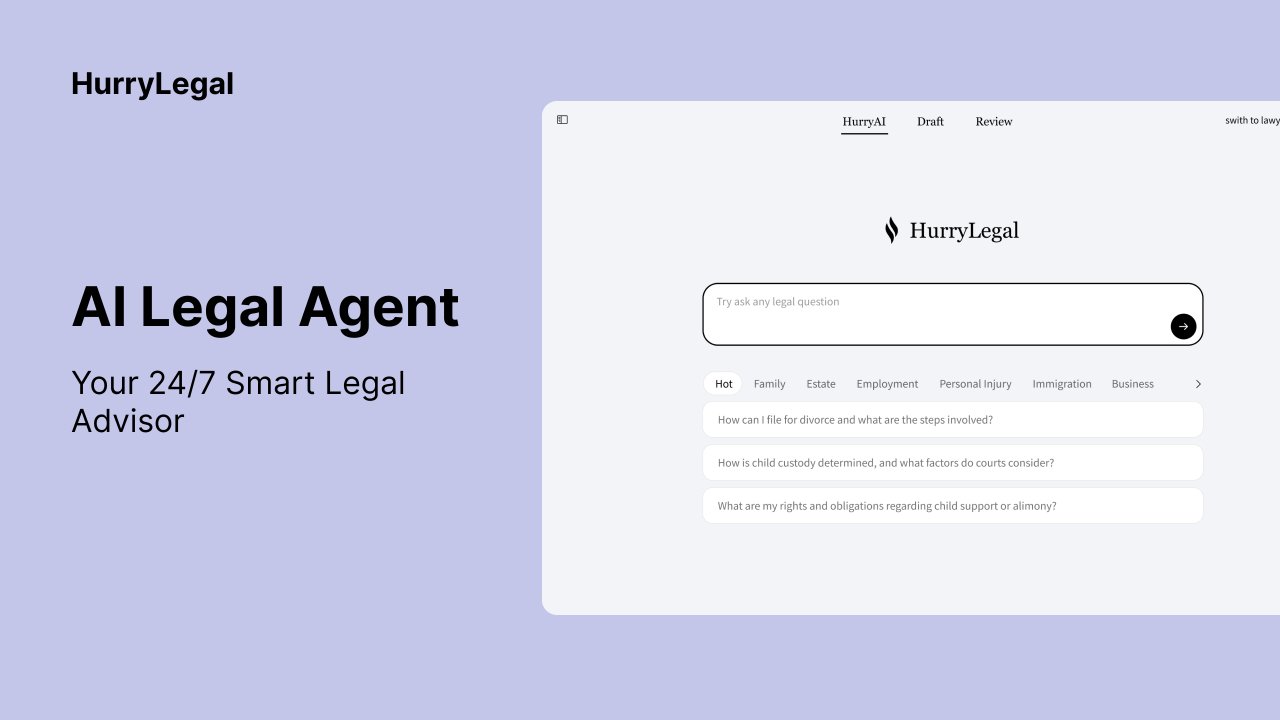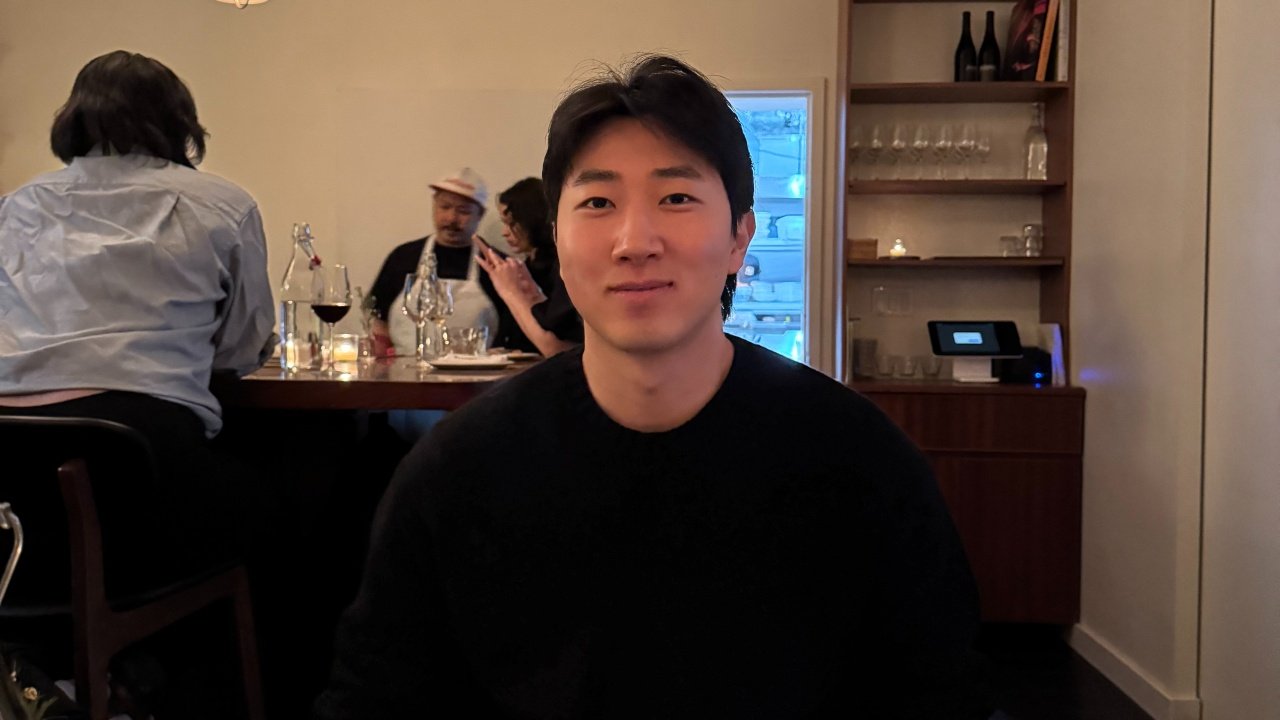
2025 European Photography Awards Announces Photographers of the Year and Global Category Winners
August 15, 2025
Unscripted & Unseen: Yuki Hayashi’s Commitment to Real Moments
August 18, 2025Lingfei Li
Lingfei Li is an AI product manager and human-computer interaction designer whose career bridges design empathy with strategic product leadership. Holding over 16 patents in AI and multimodal interaction design, Lingfei has led innovations in intelligent vehicle cockpits, humanoid robotics, and AI knowledge platforms for both Fortune 500 companies and startups.
Thank you! I’m Lingfei Li, an AI product manager and human-computer interaction designer — a dual-identity creator who thrives at the intersection of design and product strategy. My work has spanned the AI divisions of Fortune 500 companies and innovative startups, where I’ve led projects in intelligent vehicle cockpit systems, humanoid robotics, and AI knowledge platforms.
I hold over 16 patents in AI and multi-modal interaction design, many of which have been successfully commercialized in smart mobility and robotics. My career began with a fascination for how people connect with technology, not just visually, but emotionally and functionally.
Over time, I realized my greatest strength lies in combining a designer’s empathy and creativity with a product manager’s strategic, results-oriented thinking.
For me, design is about shaping the future we want to live in. Whether it’s reimagining the in-cabin experience of intelligent vehicles or enabling more human-like interaction with robots, I aim to create products that are not only innovative but truly meaningful to people’s lives.
This recognition is both an honor and a responsibility. For me, it affirms the value of approaching design with a dual identity — blending the creativity of a designer with the strategic vision of a product manager. Winning the NY Product Design Awards tells me that the industry values not only aesthetic excellence, but also the innovation and real-world impact that come from cross-disciplinary thinking.
It’s also a reminder that design is a dialogue between creators and the people they serve. This award encourages me to keep pushing boundaries, integrating AI, human-centered design, and business strategy to create products that shape meaningful futures.
This award has amplified both my personal and my team’s visibility in the global design and innovation community. It serves as a strong endorsement of our cross-disciplinary approach — merging design aesthetics, AI technology, and product strategy — and has opened doors to collaborations with international partners in intelligent mobility and robotics.
For my career, it has strengthened my position as a dual-identity creator who can bridge creative vision and business execution. For my team, it has inspired a renewed confidence in pushing boundaries, whether in designing intelligent cockpit experiences, advancing humanoid robot interaction, or developing AI-powered platforms.
In just a short time, we’ve received invitations to speak at industry conferences, explore joint ventures with technology companies, and participate in cross-border projects. This recognition is more than an award — it’s a catalyst for new opportunities that align with our mission to shape the future of human-AI interaction.
Experimentation is the heartbeat of my creative process. As someone who bridges design and product management, I see every idea as a hypothesis to be tested — not just for its visual appeal, but for its usability, scalability, and emotional impact on users.
One example comes from our work on intelligent vehicle cockpit systems. Early in the design phase, we prototyped an AI-driven, multi-modal interaction feature that combined voice, gesture, and contextual visual cues. Rather than relying solely on industry norms, we ran rapid, iterative experiments with real drivers in simulated environments.
These tests revealed surprising user behaviors — for instance, certain hand gestures felt intuitive in theory but were impractical at highway speeds. We used these insights to refine the system, resulting in a more natural and safer in-cabin experience.
Similarly, in humanoid robotics, we often experiment with micro-interactions — small, seemingly simple responses — to test how subtle design choices can make AI-driven robots feel more human and relatable. For me, experimentation isn’t a step in the process; it’s the process.
One of the most unusual sources of inspiration came from observing stage performers, particularly how magicians and theater actors use subtle cues to guide audience attention without them realizing it. I was fascinated by the precision of these non-verbal signals and how they create an immersive emotional connection.
This insight directly influenced winkos, our humanoid robot facial system. We experimented with micro-expressions — a slight head tilt, a soft blink, a half-smile — to make the robot feel more attentive and emotionally present. These cues, inspired by the world of performance, made winkos interactions far more natural than relying on voice or static facial displays alone.
Similarly, in intelligent vehicle cockpit design, I’ve applied these principles to guide driver attention subtly toward safety-critical information without overwhelming them. It’s a reminder that sometimes the most groundbreaking innovations come from looking outside your own industry — in this case, from a theater stage.
I wish more people understood that design is not just about creating something beautiful — it’s about solving real problems in ways that feel effortless for the user. The process is rarely linear; it’s a continuous cycle of empathy, experimentation, testing, and refinement.
In winkos, our humanoid robot facial system, the design process meant going far beyond surface aesthetics to deeply understand micro-interactions and emotional cues, then engineering them into real-time, natural behaviors.
Similarly, with HurryLegal, our award-winning legal tech project, the challenge was to design an AI system that could do two things seamlessly: help clients quickly find the right lawyer, and help lawyers build an AI “digital twin” that can respond to common inquiries 24/7. The complexity wasn’t in the algorithms alone, but in ensuring trust, clarity, and a human-centered experience for both sides.
Whether it’s robotics, intelligent cockpits, or legal AI, great design comes from making the complex feel simple — and when it works, users often don’t even notice the effort behind it. That invisibility is the ultimate compliment to a designer.
For me, the goal is the same on both sides: to create a product or design that allows the client or user to clearly see their problems solved, their needs met, and their vision made achievable in a tangible way.
I approach this balance through collaboration and evidence. Early in the process, I invest time in understanding the client’s core goals and constraints, then translate those into design principles that align with my own creative vision. This way, my ideas aren’t competing with their expectations — they’re serving them.
For example, in HurryLegal, clients wanted speed and trust in finding a lawyer, while my vision was to create an AI system that could also scale their practice with a digital twin. By aligning these goals, we delivered a platform that satisfied immediate needs while opening new long-term possibilities.
Similarly, in winkos, our humanoid robot facial system, we balanced the client’s request for realistic expressions with my team’s vision of emotionally intelligent AI — resulting in an experience that exceeded expectations in both form and function.
Ultimately, the balance comes from making sure creativity is in service of the client’s success, not separate from it.
One of the main challenges was balancing technical complexity with a user experience that felt simple, trustworthy, and human. In the award-winning design, we had to integrate advanced AI capabilities while ensuring users could easily understand and engage with the system without feeling overwhelmed.
Another challenge was building trust. When a product deals with important personal or professional decisions, such as connecting people with legal support, every interaction must convey clarity, reliability, and empathy. Overcoming this required close collaboration between design, engineering, and business teams, constant user feedback, and iterative refinement to ensure the product not only worked but inspired confidence.
As a result, the solution came from staying focused on the end goal: enabling users to see their needs met and their vision realized, while making the path to that outcome feel effortless.
When I hit a creative block, I step away from the screen and immerse myself in experiences that are far removed from the immediate problem. Sometimes that means observing nature and how systems evolve organically; other times, it’s exploring completely different disciplines — theater, architecture, or even robotics workshops that have nothing to do with my current project.
I also find that talking to people outside my industry often triggers fresh perspectives. They see challenges without the same assumptions, and their questions can spark entirely new directions.
The key for me is to create mental space where ideas can collide in unexpected ways. Once I return to the project, I can see it with renewed clarity, often with solutions that combine both creative insight and practical execution.
At the heart of my work are three values: empathy, clarity, and purpose. Empathy ensures that every design decision begins with understanding the human experience — what people need, what they feel, and how they want to connect with technology. Clarity keeps the experience intuitive and trustworthy, even when the underlying systems, like AI, are highly complex. Purpose ensures that the final product genuinely improves lives and moves us closer to the future we want to create.
These values have been shaped by my journey as both a designer and a product manager, leading projects in intelligent vehicle cockpits, humanoid robotics like winkos, and legal tech platforms like HurryLegal. The 16+ AI-related patents I’ve developed are not just technical achievements; they are the result of listening deeply to users and translating their needs into meaningful, scalable solutions.
Every project I take on — whether it’s helping users find the right lawyer, giving robots more human-like expressions, or reimagining in-cabin experiences — carries these values. They remind me that good design isn’t just about what’s possible, but about what’s worth creating.
Focus on solving real problems first, and let the form follow the purpose. Technology, trends, and tools will change rapidly, but the ability to deeply understand people’s needs — and translate those insights into solutions that are both beautiful and effective — will never go out of style.
Stay curious beyond your own field. Some of my most valuable ideas for AI systems, humanoid robotics like Mymemo AI, winkos, and legal tech platforms like HurryLegal came from disciplines far outside design. Great innovation often happens at the intersection of different worlds.
Finally, remember that success is not about chasing every opportunity, but about building a clear vision and staying committed to it. If your work consistently solves problems, meets needs, and turns visions into reality, recognition will follow naturally.
I would choose Steve Jobs. He believed that “in the end, the ultimate difference between success and failure is taste,” and that philosophy resonates deeply with me. Taste is not just about aesthetics — it’s about making countless subtle decisions that shape how people experience a product, often without realizing it.
Jobs had a unique ability to merge technology, design, and human emotion into a seamless whole. I share that belief that great products are not defined by the technology alone, but by how gracefully that technology serves people’s lives. Whether it’s in AI systems, humanoid robotics like winkos, or legal tech platforms like HurryLegal, I strive to apply that same attention to detail and pursuit of elegance that Jobs embodied.
Collaborating with him would be a masterclass in staying uncompromising on quality while keeping the user’s experience at the heart of every decision.
The question I wish people would ask is: “How do you design products that connect advanced AI with real human needs?”
My answer is that it starts with empathy and ends with purpose. Whether I’m working on humanoid robot facial systems like winkos, legal tech platforms like HurryLegal, or intelligent vehicle cockpits, my focus is always on the human experience first — understanding not only what people say they need, but also the unspoken challenges and emotions behind those needs.
The 16+ AI and multi-modal interaction patents I’ve developed are a result of translating those insights into scalable, elegant solutions. The technology is important, but it’s never the starting point; the starting point is the person using it. When we design with that mindset, AI becomes less about algorithms and more about enabling people to see their problems solved, their needs met, and their vision made real.
Winning Entry
HurryLegal | 2025 NY Product Design Awards
HurryLegal is a next-generation AI-powered legal tech platform designed to make legal services faster, smarter, and more accessible to everyone. It bridges the gap between complex legal processes and everyday users through... (read more here)
Lingfei Li
Lingfei Li is an AI product manager and human-computer interaction designer whose career bridges design empathy with strategic product leadership. Holding over 16 patents in AI and multimodal interaction design, Lingfei has led innovations in intelligent vehicle cockpits, humanoid robotics, and AI knowledge platforms for both Fortune 500 companies and startups.
Read more about designs in the Interview | Why Clothing Speaks Louder Than Words with Xinyi Chen here.







